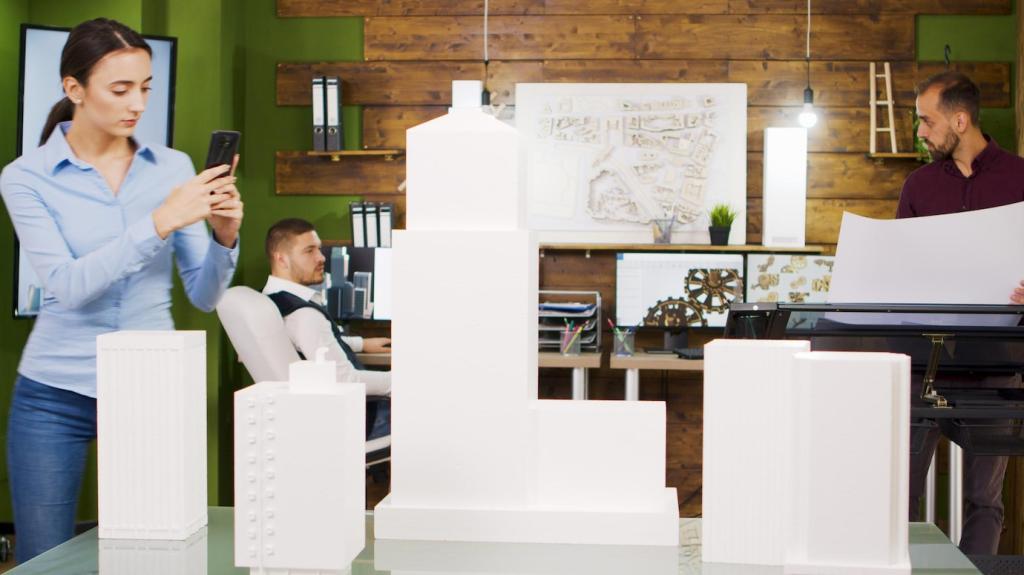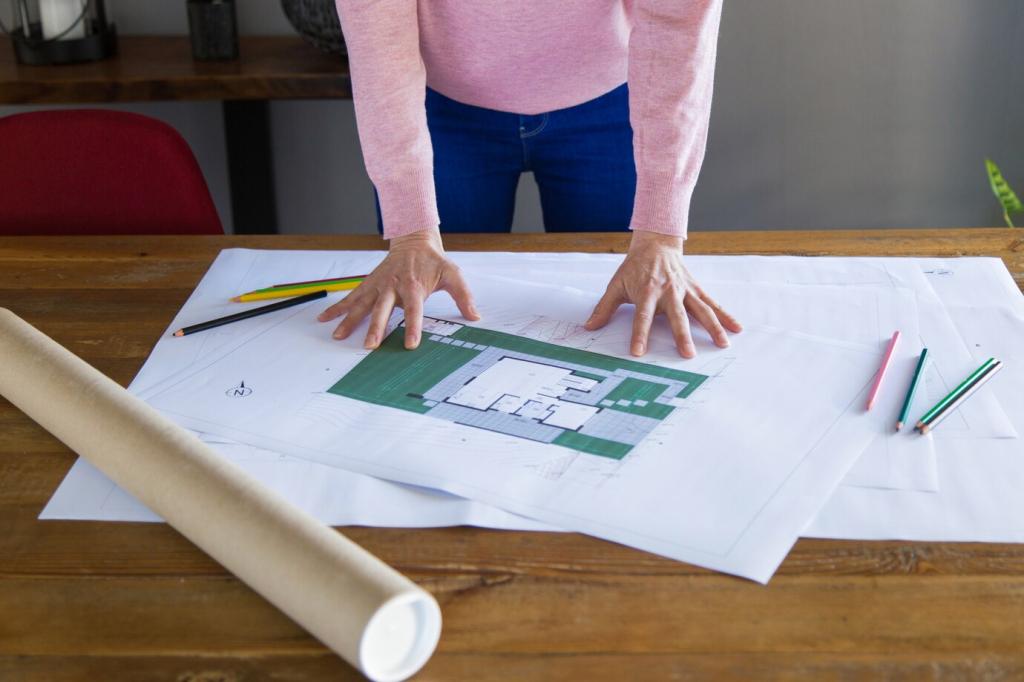This website uses cookies so that we can provide you with the best user experience possible. Cookie information is stored in your browser and performs functions such as recognising you when you return to our website and helping our team to understand which sections of the website you find most interesting and useful.
Innovative Green Building Practices
Innovative green building practices are revolutionizing the way structures are designed, constructed, and maintained. In our rapidly evolving world, sustainable building solutions are essential for reducing environmental impact, improving occupant health, and optimizing resource use. This page explores the latest advancements in green building, highlighting how these practices address challenges around energy consumption, material sourcing, and indoor environmental quality. By embracing innovation, the construction industry can achieve new standards in efficiency, resilience, and ecological responsibility. Dive into the following sections to discover how emerging technologies, smart design principles, and eco-friendly strategies are shaping the future of sustainable built environments.
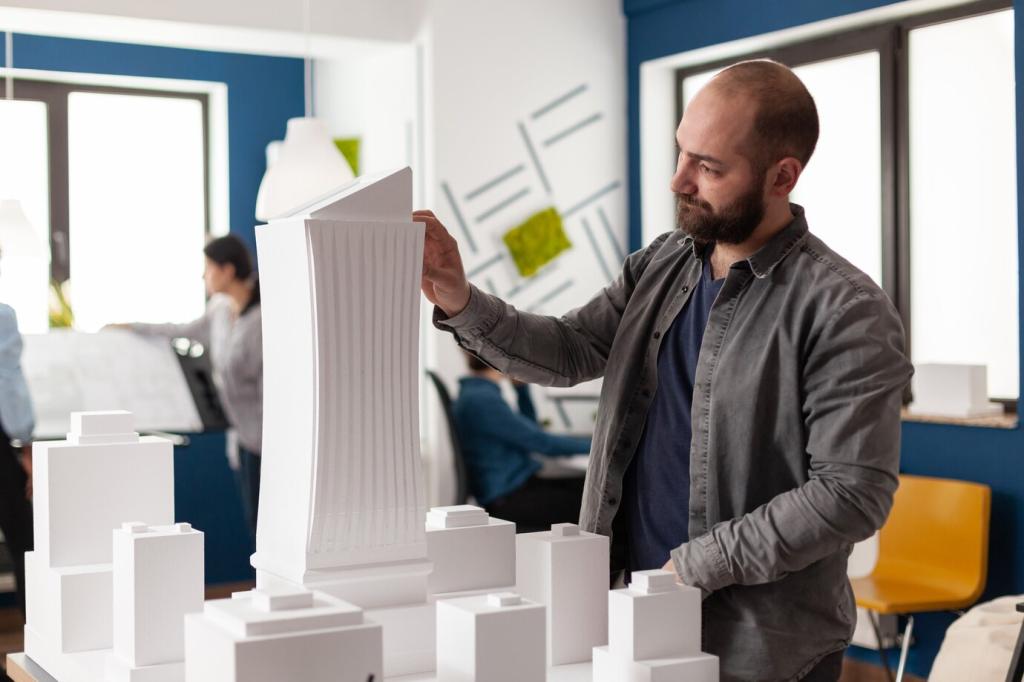
Sustainable Building Materials
Recycled and Reclaimed Materials
Low-Impact Insulation Solutions
Renewable Resource Integration
Energy-Efficient Technologies
Water Conservation and Management
Greywater Recycling Systems
Rainwater Harvesting Techniques
Water-Efficient Landscaping
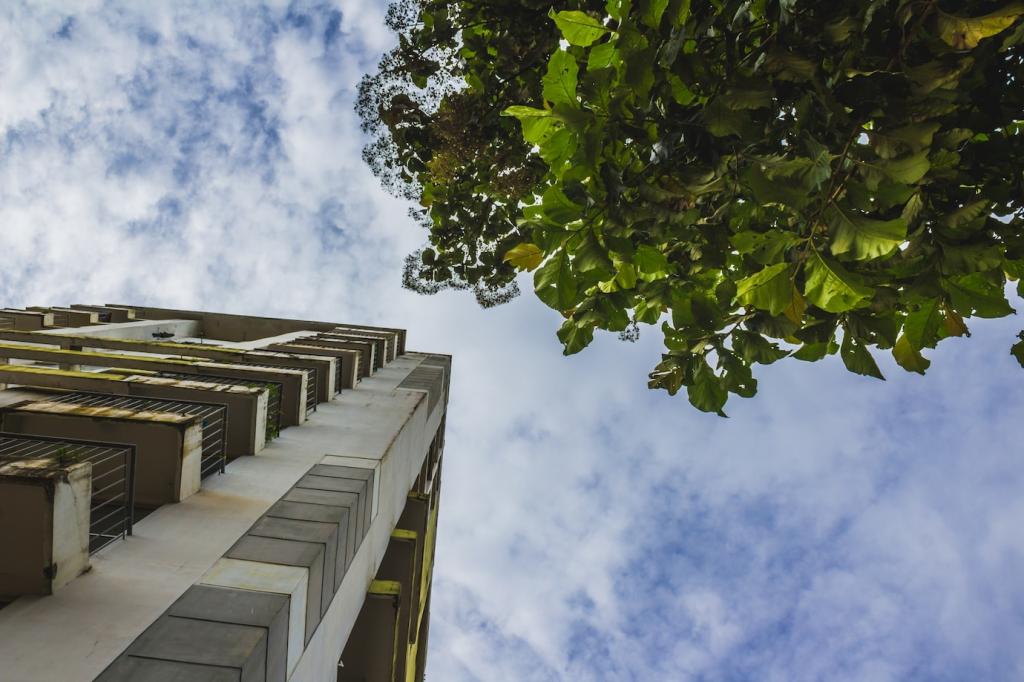
Healthy Indoor Environments
Enhanced Ventilation Designs
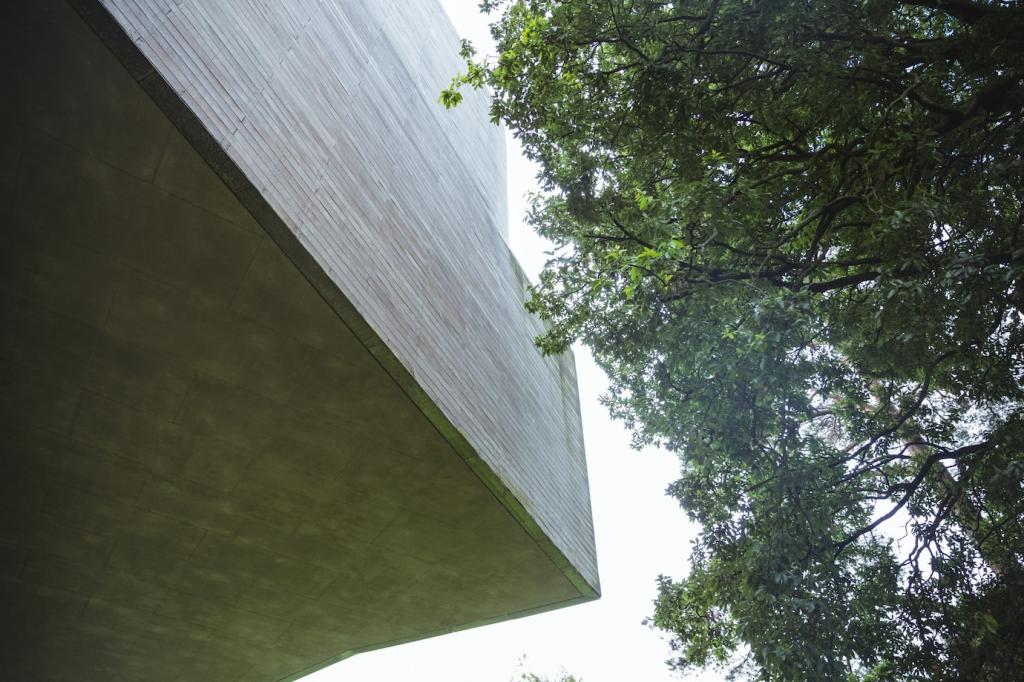
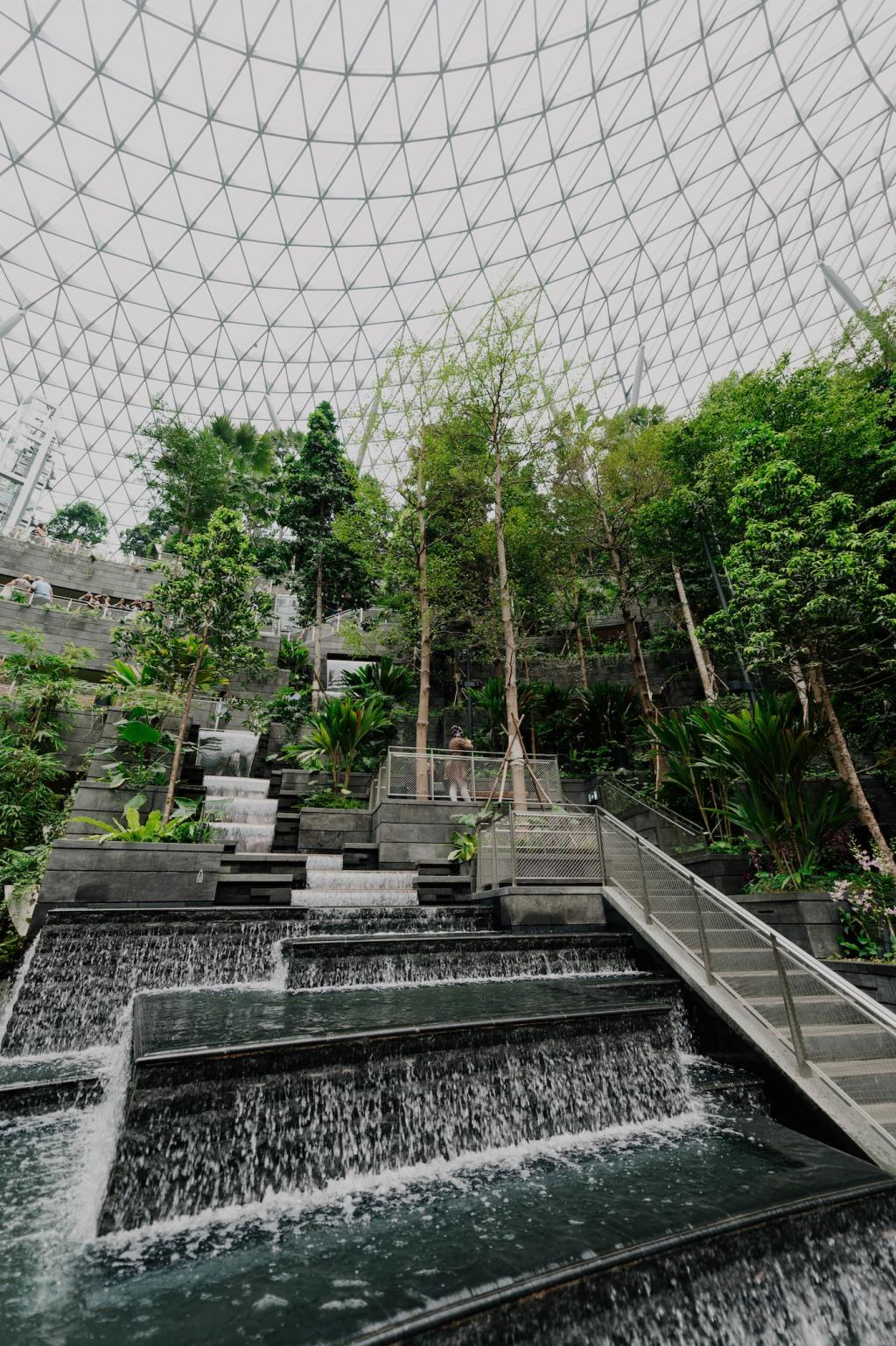
Non-Toxic Finishes and Furnishings
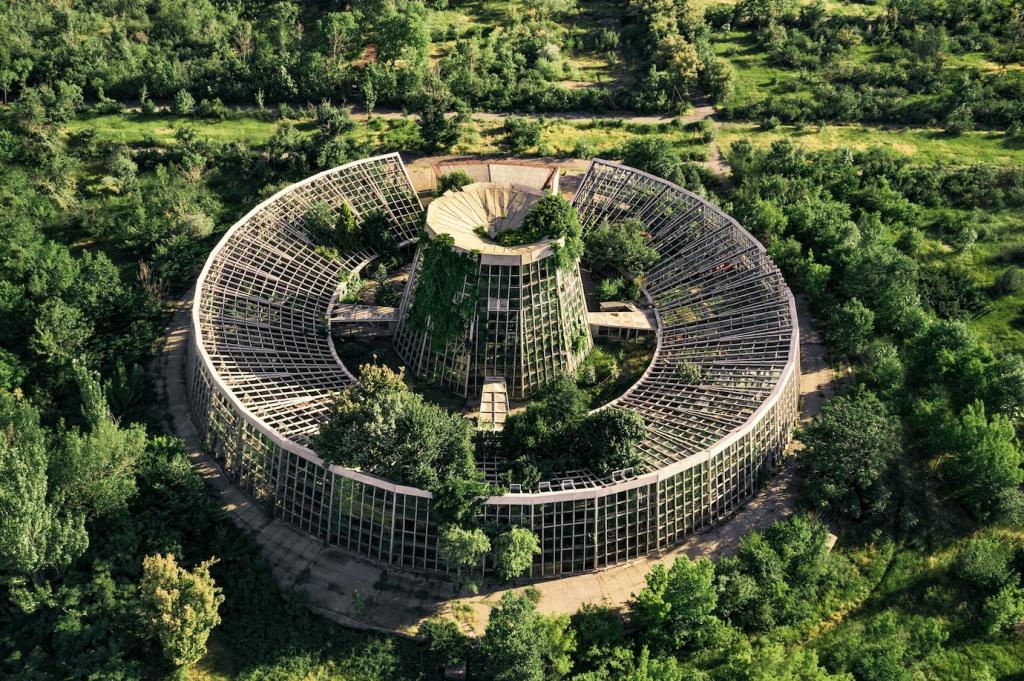
Modular and Prefabricated Construction
On-Site Construction Waste Management
Design for Deconstruction and Reuse

